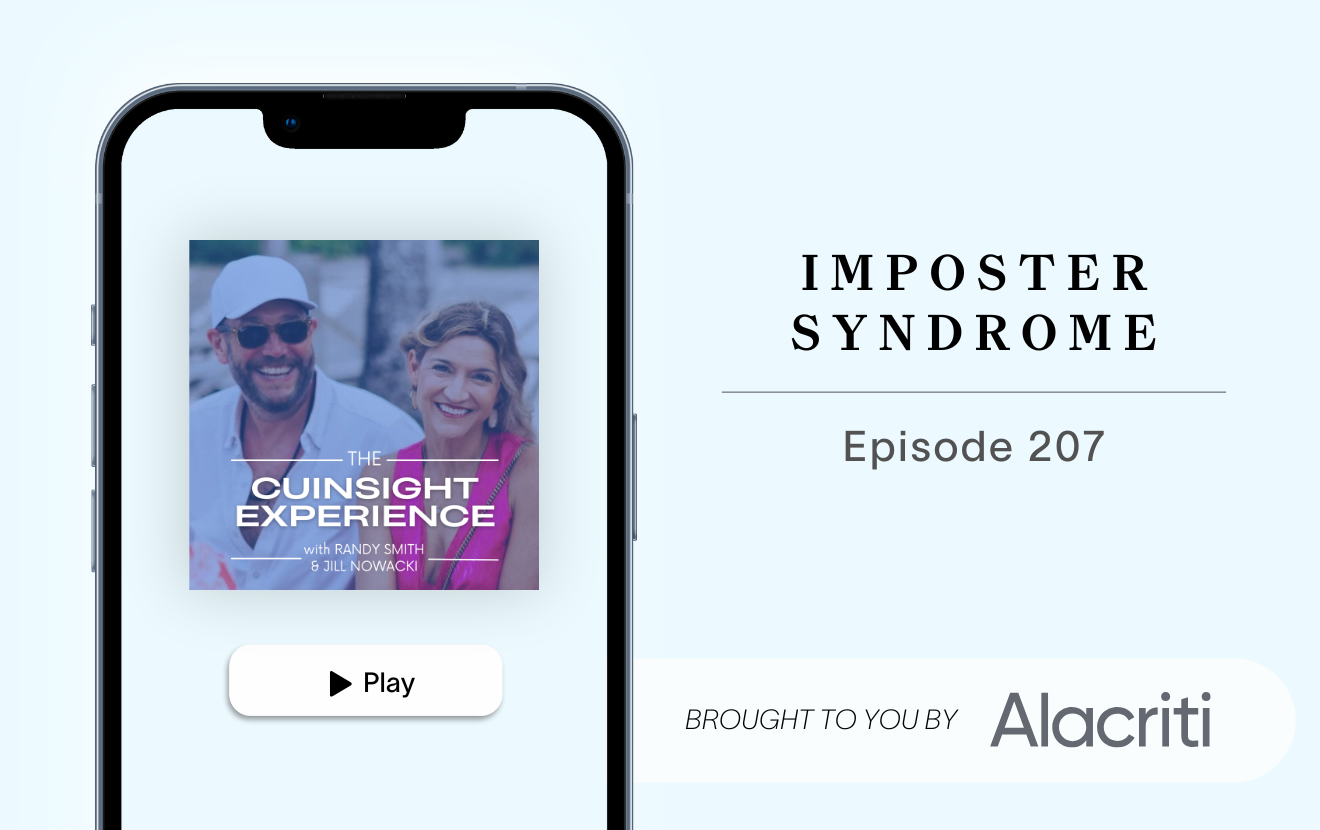I’ve had it with listicles of arbitrary length about nothing important lazily traipsing through every digital media platform in existence. 17 everyday foods that are surprisingly unhealthy (probably not that surprising); 9 crazy facts you need to know about Disney films (do I really need to know?); 11 double uses for things found in your bathroom (is this the most important thing I should be reading about right now?).
Sure, I get the intrigue of the list concept. It tickles our curiosity just long enough to make us click. But when we do, the message we receive is meaningless, unuseful, and to me, wholly unsatisfying. Who’s with me? When we ask for nothing more, is it possible we’re selling our time and attention for too cheap a price?
The purpose-focused evolution
Much like the shift we’ve seen in social media goals at organizations with established audiences now moving toward a focus on engagement and community building, many mainstream corporations are evolving away from cliché, attention-grabbing strategies in favor of singularly focused purpose-driven strategies.
What does this have anything to do with my dislike for listicles? Fortunately for me, this may be indicative of a shift in the type of message consumers are finding most appealing – a demand for less mass-spattered randomness and more focus on purpose. Don’t take my word for it alone—when mainstream giants with endless market research budgets start testing these waters, it pays to take notice.
Creating your one-item list
Earlier this year, major U.S. pharmacy chain, CVS, announced they will stop selling cigarettes because as stated by their CEO, “the sale of tobacco products is inconsistent with our purpose.” The company is poised to lose as much as $2 billion a year with this decision; however they are banking on the fact that by focusing on a public health cause over their bottom line, they will gain the attention and loyalty of millions of customers. Their story is short—they believe that ending the sale of cigarettes is the right thing to do for their customers and the company. And you better believe they won’t be shy to communicate their story when they make the switch this October.
Another similar example of a major corporation standing for purpose before profit is chain fast food restaurant Chipotle. The company’s founder obsesses over sourcing sustainable, healthy and ethical ingredients. He noted that while there have been many opportunities over the years to introduce highly processed foods at Chipotle, they have done just the opposite. Here’s how they’re focusing on their one-item list: “Instead of a goofy king or a catchy slogan, Chipotle is developing a recognizable marketing campaign around the idea that our food production should be healthier and more ethical. It's a theme that lends itself well to different media.”
What can credit unions glean from all this? Credit unions were the original singularly-focused purpose-driven organization. If you ask yourself today, are you still able to focus your purpose into a one-item list? Or are you spreading your value and purpose too thin by trying to be everything to everyone? Is your purpose still something your members will get excited about? Then write out your (one-item) list and decide how you’re going to communicate that to your members.
Take inspiration from others that have done it already and boldly stand out!







